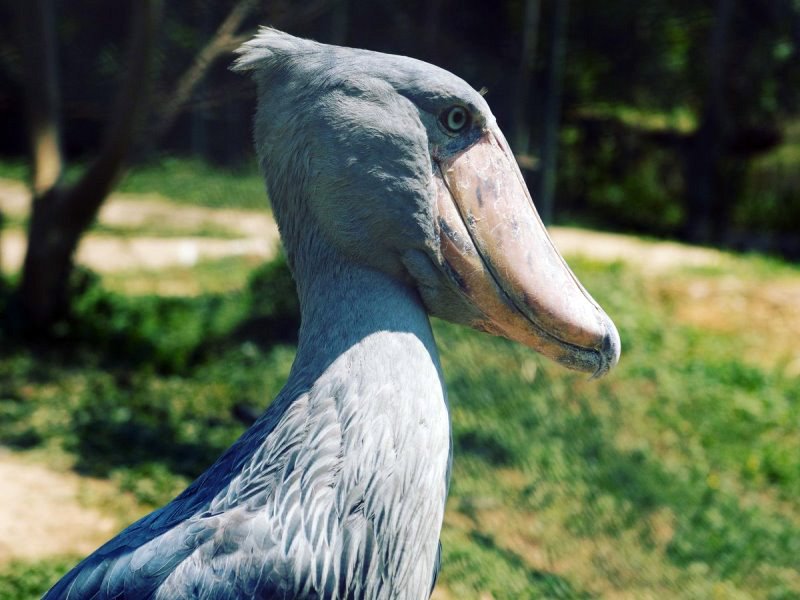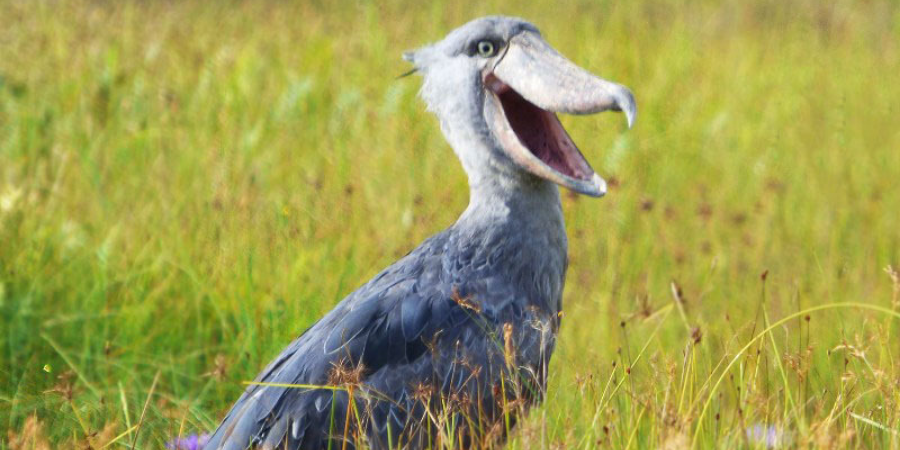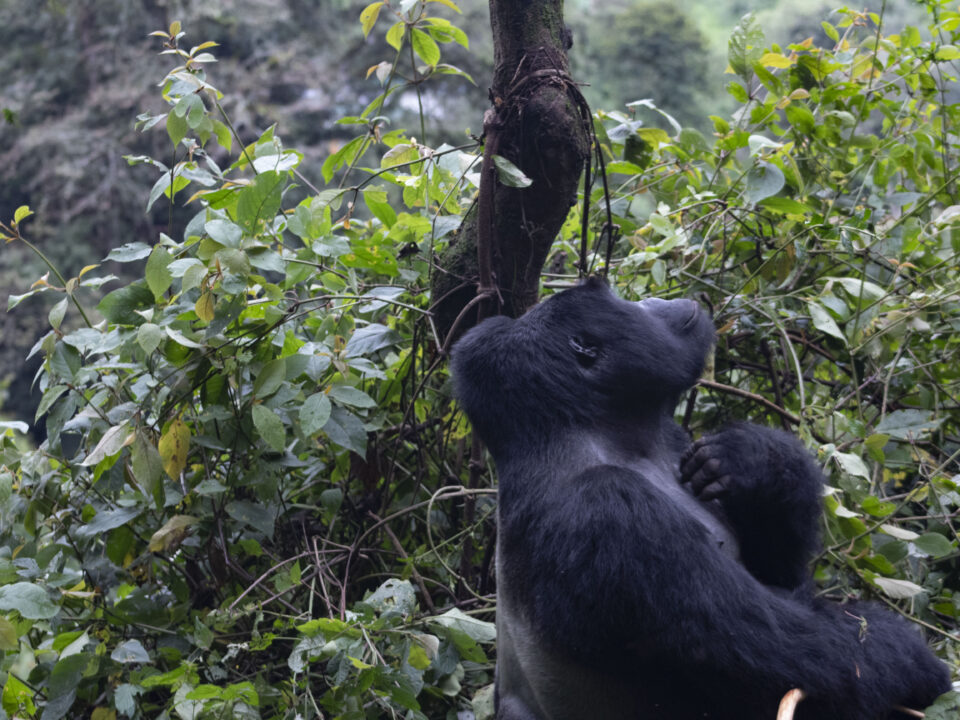Discover four of the best National Parks to see a Shoebill Stork on a Uganda Safari.
The Shoebill stork, a prehistoric-looking bird that makes your heart race whenever you encounter it: It’s indeed Uganda’s ultimate bird – a legendary bird species.
It’s intriguing how this “King whale-head” as it is often referred to because of its enormous head size, and can weigh up to 6kg but still manage to easily float on weak vegetation while hunting for fish.
The shoebill stork is named after its shoe-like bill which can grow up to 24cm in length and 20cm in width and a razor-sharp, curved hook at the end. Located in the marshes of East Africa, the shoebill is classified as vulnerable bird species and is a bucket-list sighting for any enthusiastic birder.
Aside from the Shoebill stork, Uganda is home to over 1100 bird species that constitutes 50% of the Africa’s bird species and 11% of the world’s bird species count, making it a prime destination for birders and the epitome of birding tours in Africa.
Best parks to see a Shoebill Stork

- Murchison Falls National Park, – Best sighted along the banks of the Nile River in the dry season from January to March, early morning and late evening private boat ride to the delta offers high chances of spotting the bird.
- Queen Elizabeth National Park, – Classified as an Important Birding Area (IBA) by Birding International, this park is home to over 600 species of birds including the Shoebill, easily spotted along the southern end of Lake Edward.
- Lake Mburo National Park, – The Shoebill can be easily spotted on a boat while exploring the Eastern shores of Lake Mburo. Here you can also sight a variety of other birds including pelicans, herons, the cormorant fish eagle and perhaps the rare fin foot.
- Semuliki National Park, – Of the 1100 plus birds in Uganda, over 435 bird species (43%) are found in this park and among these is the Shoebill stork sighted close to Lake Albert areas. Albertine Rift Endemics such as the Dwarf Honey guide and Purple-breasted Sunbird can occasionally be sighted.
Other top spots where the Shoebill is known to thrive in Uganda include Mabamba Swamp which is quite close to Kampala-Uganda’s capital for those on short trips, Rugogo swamp in Ziwa Rhino Sanctuary is another prime spot.


